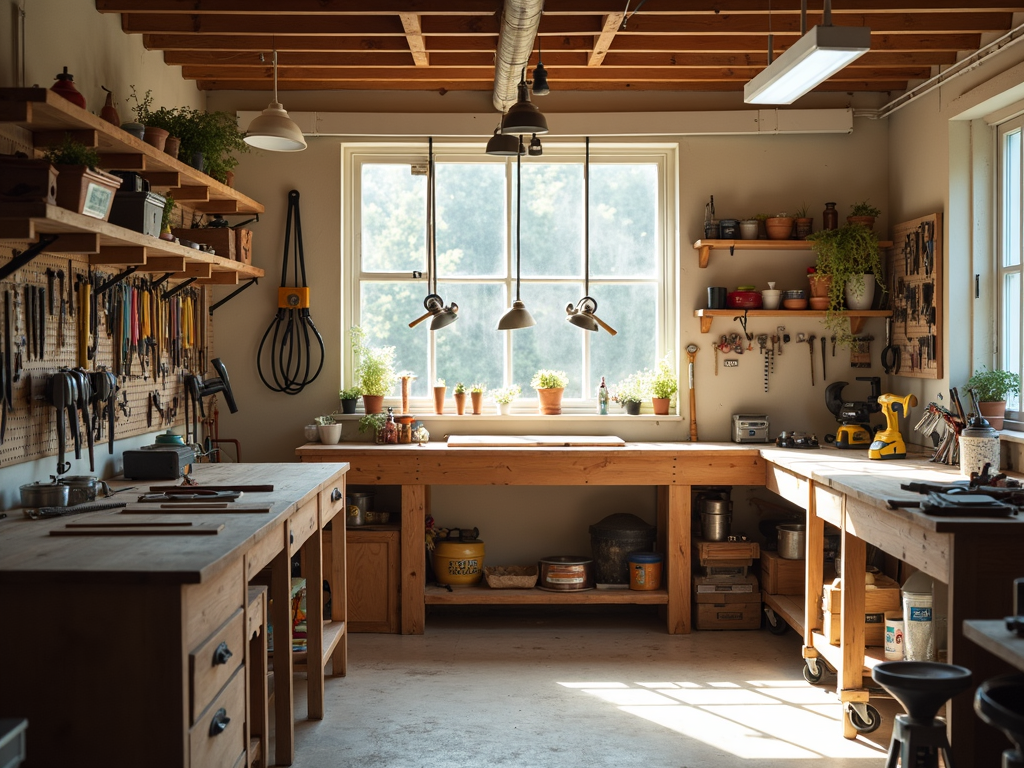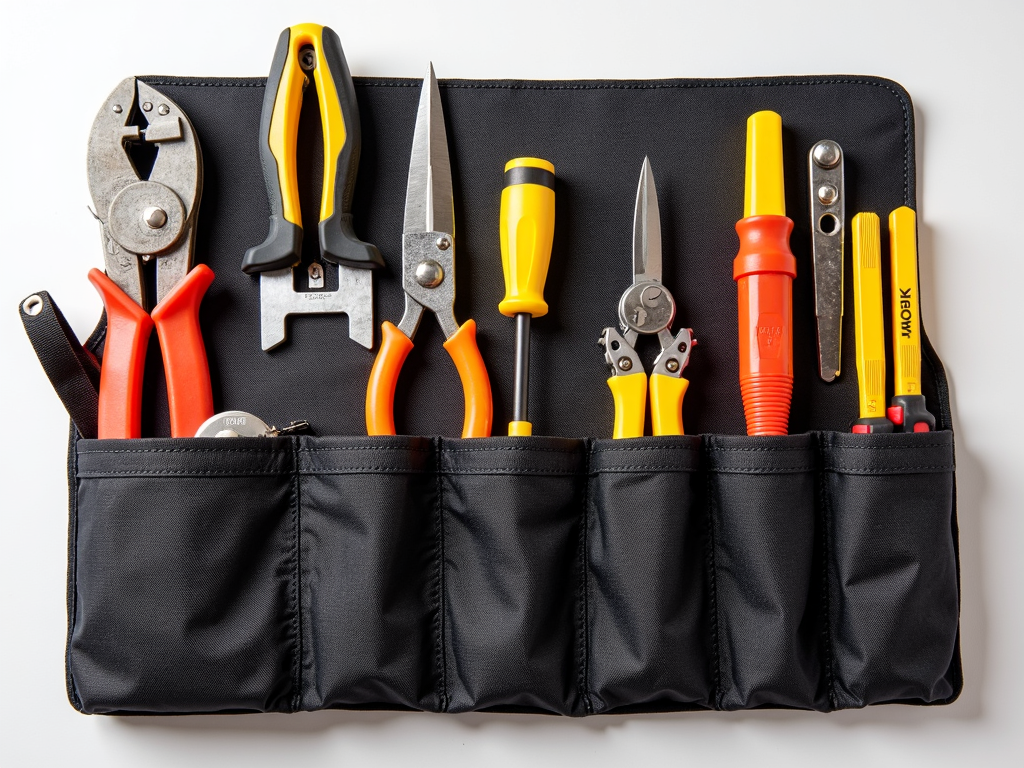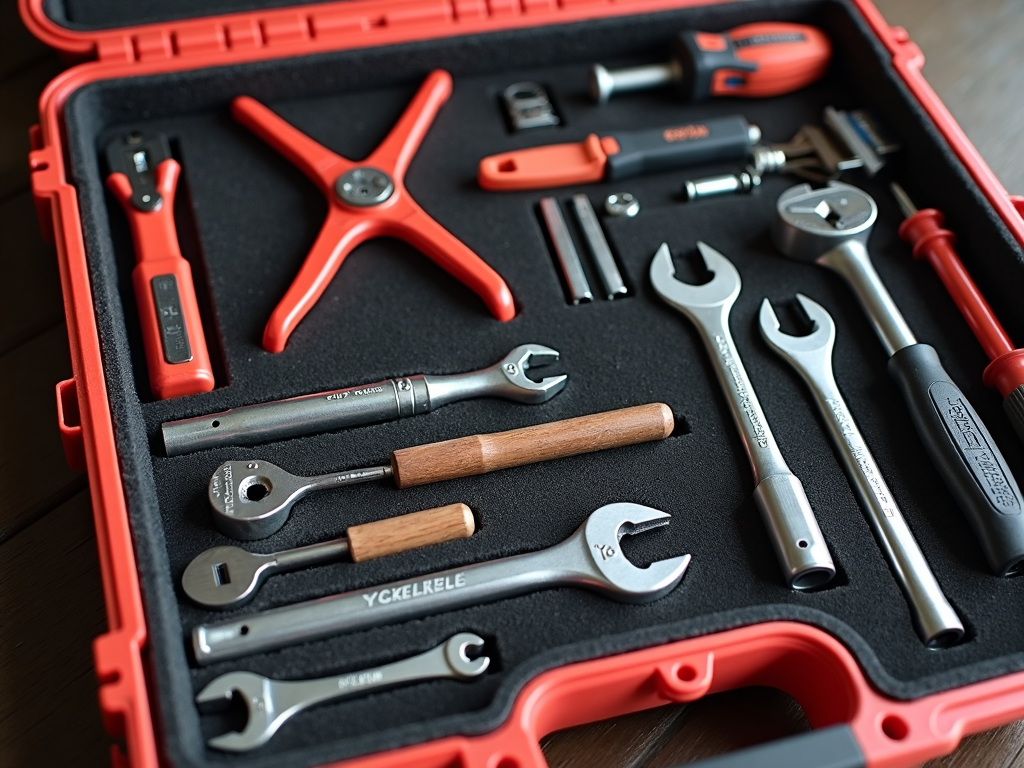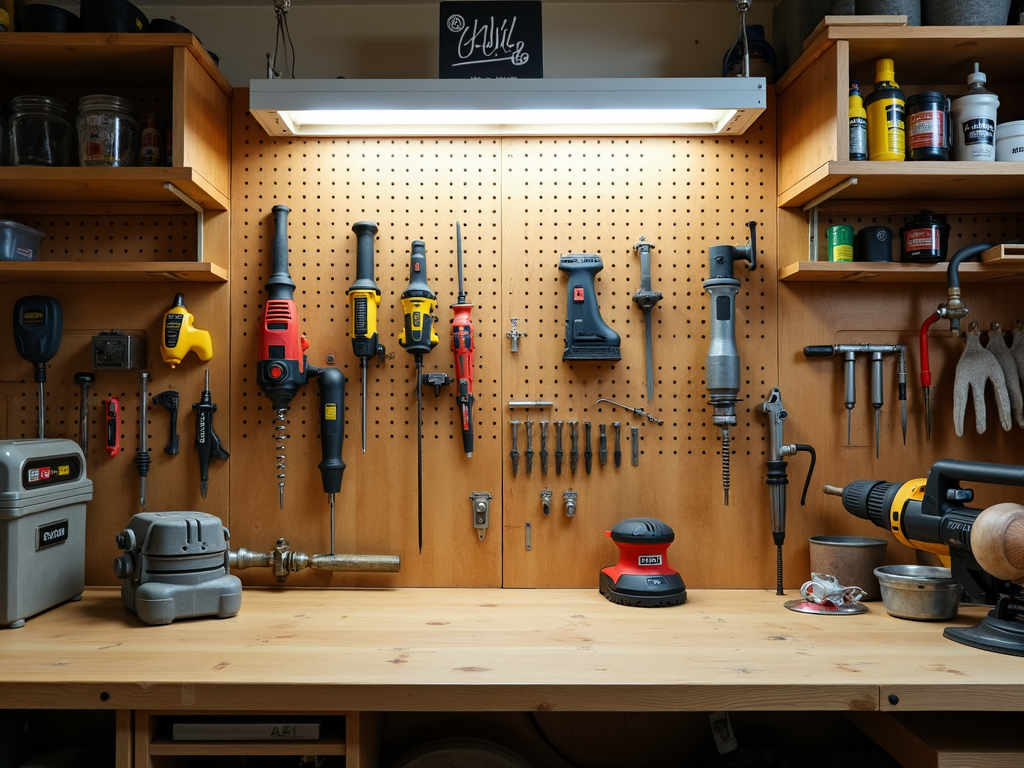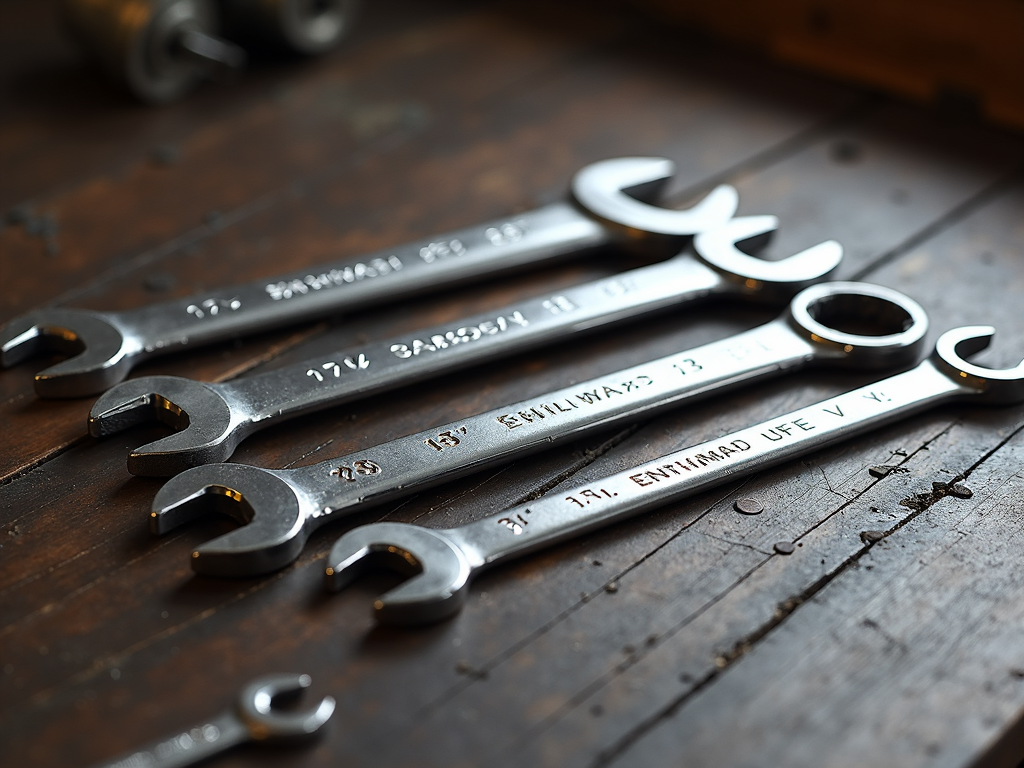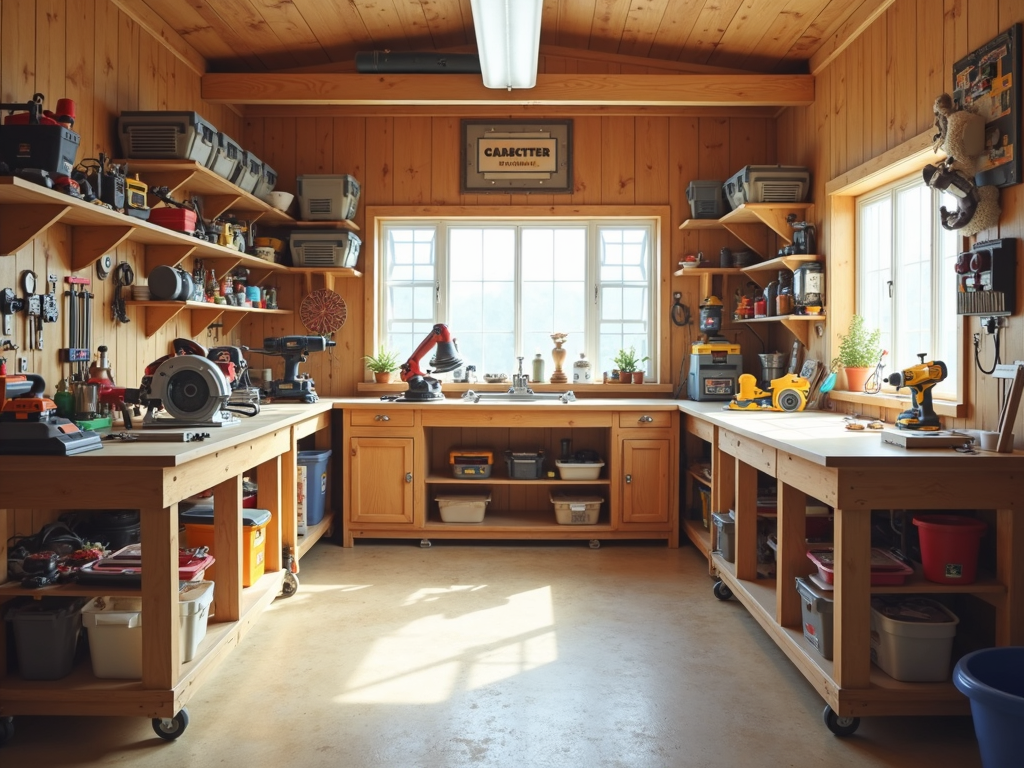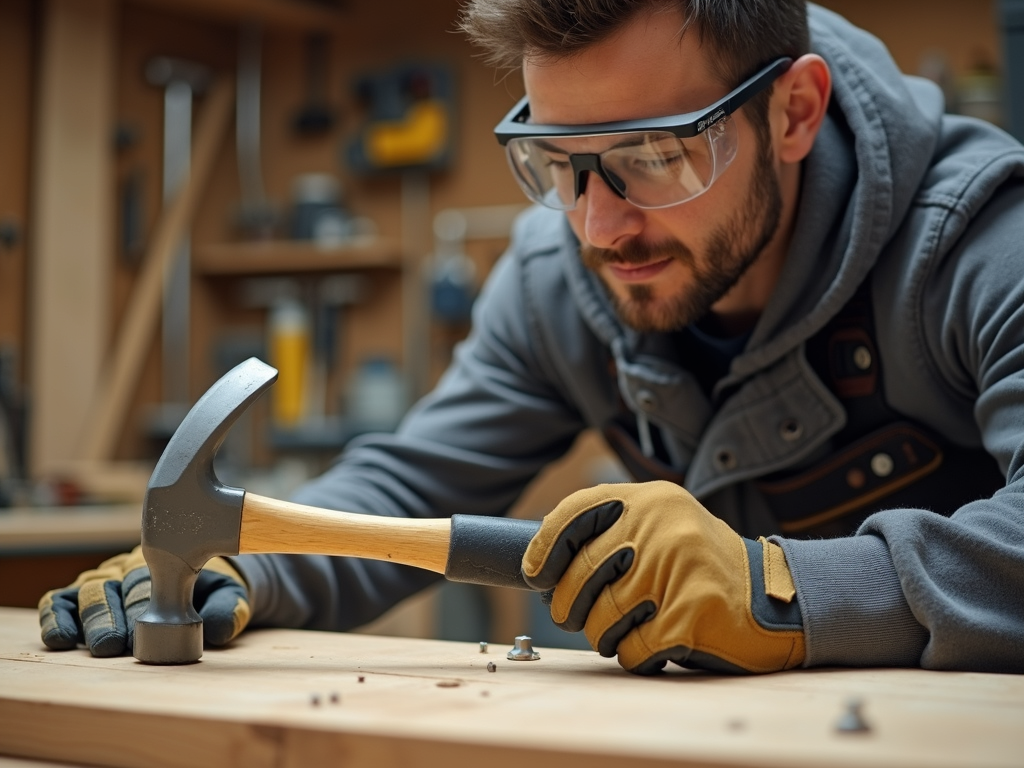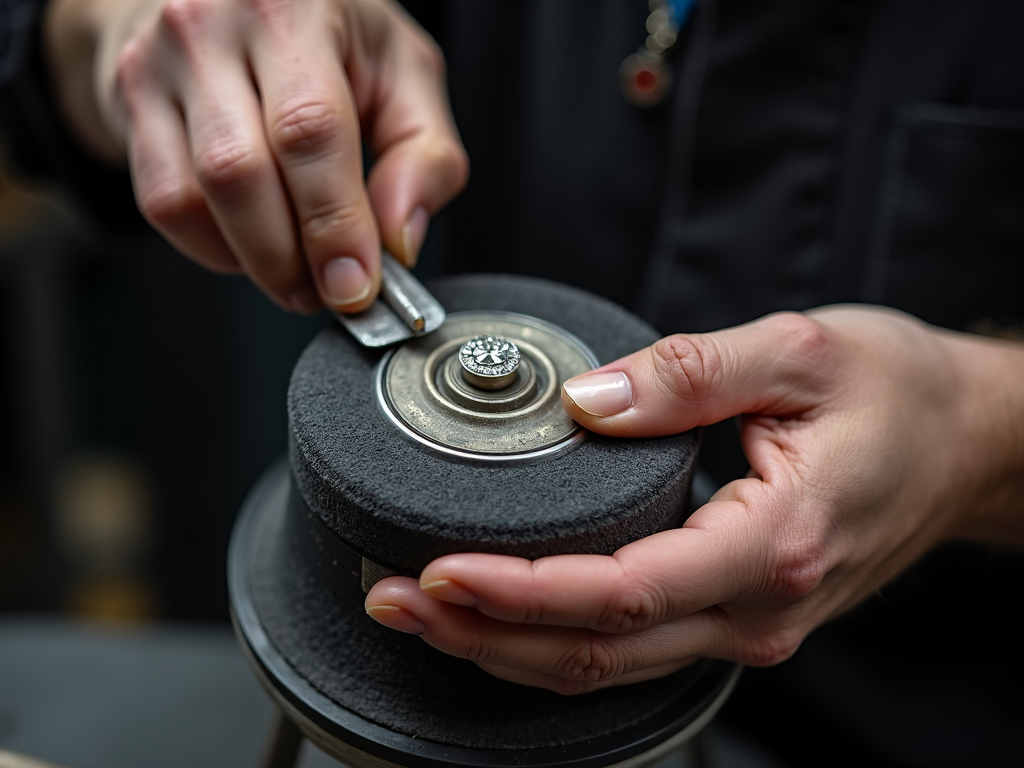Overview
Creating a productive home office is essential for anyone working remotely or managing tasks from home. A well-designed workspace can boost focus, efficiency, and overall well-being. This article provides actionable tips on setting up an effective home office, from choosing the right location to selecting ergonomic furniture and organizing your space. Whether you're new to remote work or looking to optimize your current setup, these insights will help you create a space that supports your professional and personal needs.
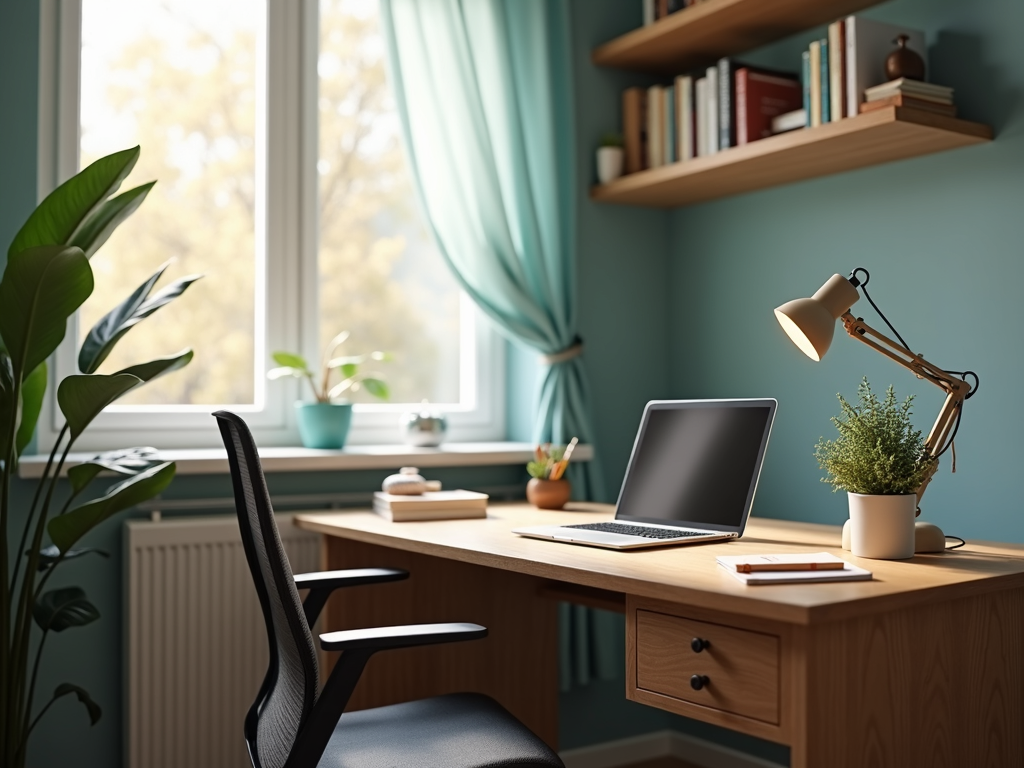
Choosing the Right Location
The first step in setting up a productive home office is selecting the right location. Ideally, your workspace should be in a quiet area away from household distractions. Look for a spot with good natural light, as it can improve mood and reduce eye strain. If possible, choose a room with a door to minimize interruptions.
In my experience, I found that setting up my office in a corner of the living room worked best. It was away from the main traffic areas and had a large window that let in plenty of sunlight. However, if you don't have a separate room, even a dedicated corner in a bedroom or a converted closet can work. The key is to establish a space that is solely for work, helping you mentally switch into 'work mode' when you're there.
Tips for Choosing the Right Location:
- Quiet Area: Choose a spot away from noisy areas like the kitchen or living room.
- Natural Light: Position your desk near a window for natural light.
- Separation: If possible, use a room with a door to minimize distractions.
- Ventilation: Ensure the space is well-ventilated to keep the air fresh.
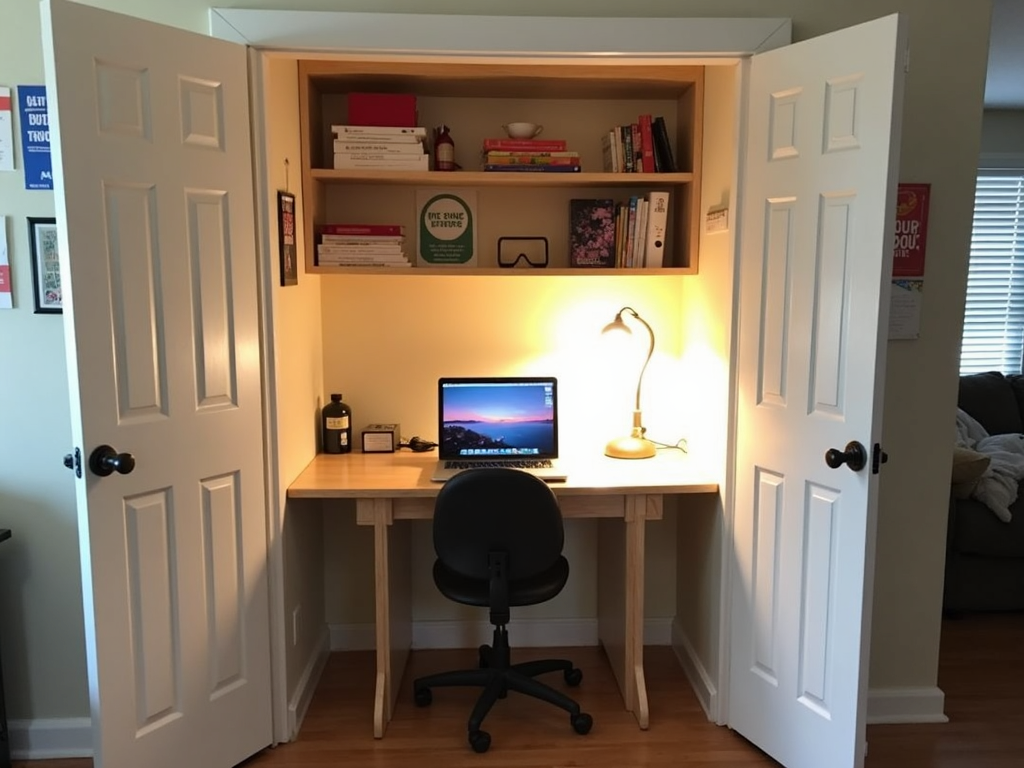
Selecting Furniture
Furniture plays a crucial role in creating a comfortable and productive home office. Investing in ergonomic furniture can prevent discomfort and health issues in the long run. Here are some key pieces to consider:
- Ergonomic Chair: Look for a chair with adjustable height, lumbar support, and armrests. It should allow you to sit with your feet flat on the floor and your knees at a 90-degree angle.
- Desk: Choose a desk that is spacious enough for your computer, documents, and other essentials. Adjustable standing desks are a great option for alternating between sitting and standing.
- Workbench: For those who engage in hands-on work or hobbies, a workbench can be a valuable addition. When selecting a workbench, look for features like sturdiness, ample storage, and adjustability. A good workbench should have a solid surface, drawers or shelves for tools, and the ability to adjust height if needed.
In my home office, I opted for a standing desk that allows me to switch between sitting and standing throughout the day. This has helped reduce back pain and keeps me more alert. For my crafting projects, I have a small workbench in the corner with drawers for my workman tools, keeping everything organized and within reach.
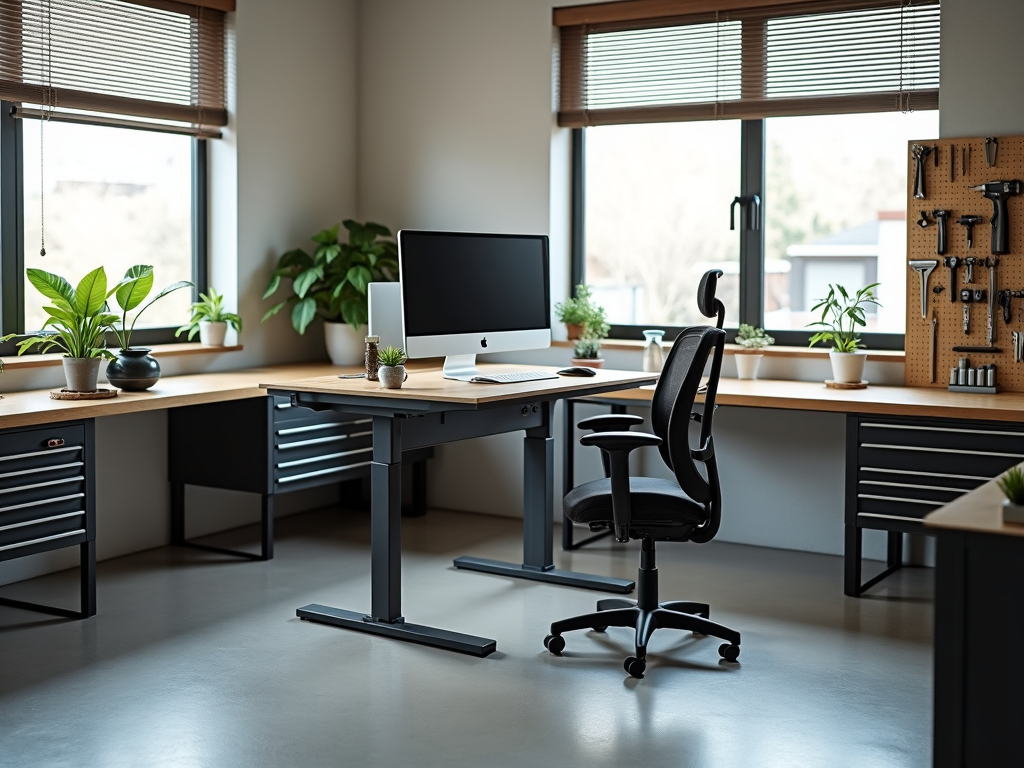
Features to Look for in a Workbench
If your work involves hands-on tasks, a workbench can enhance your productivity. Here are some features to consider:
- Sturdiness: Ensure the workbench can support the weight of your tools and projects.
- Storage: Look for built-in drawers, shelves, or pegboards to keep your workman tools organized.
- Adjustability: An adjustable height feature can make the workbench more versatile.
- Surface Material: Choose a durable surface that can withstand wear and tear.
For more information on selecting the right workbench, check out this guide from the University of Wisconsin-Madison.
Organizing the Space
A cluttered workspace can lead to a cluttered mind. Keeping your home office organized is essential for productivity. Here are some tips:
- Declutter Regularly: Set aside time each week to tidy up your desk and remove unnecessary items.
- Use Storage Solutions: Invest in shelves, filing cabinets, or desk organizers to keep documents and supplies in order.
- Cable Management: Use cable ties or clips to keep cords and cables neat and out of the way.
- Label Everything: Labeling drawers and folders can save time when searching for items.
In my office, I use a combination of wall shelves and a filing cabinet to store my documents and supplies. I also have a small basket on my desk for miscellaneous items like pens and sticky notes. This keeps my desk clear and my mind focused.
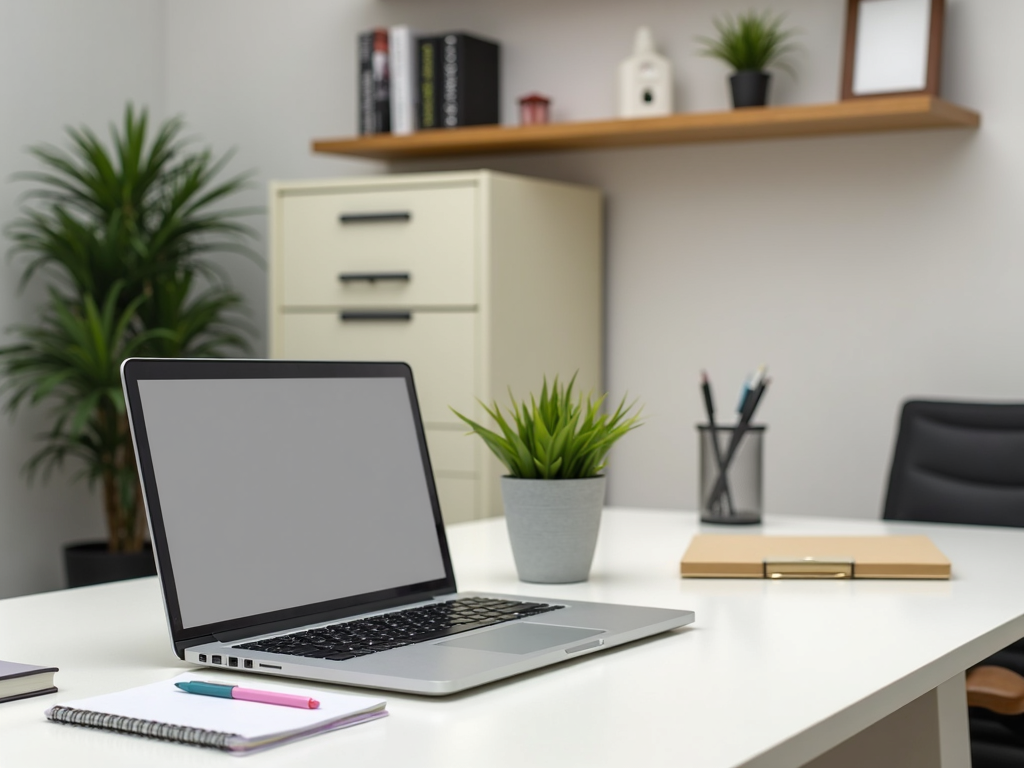
Ensuring Good Lighting
Lighting is a critical but often overlooked aspect of a productive home office. Poor lighting can cause eye strain, headaches, and reduced focus. Here's how to optimize your lighting:
- Natural Light: Position your desk near a window to take advantage of natural light. However, avoid direct sunlight on your screen to prevent glare.
- Task Lighting: Use a desk lamp with adjustable brightness for focused tasks.
- Ambient Lighting: Ensure the room has sufficient overhead lighting to avoid dark corners.
According to a study by the American Optometric Association, proper lighting can significantly reduce the risk of computer vision syndrome. In my setup, I have a combination of natural light from the window and a desk lamp that I can adjust based on the time of day.
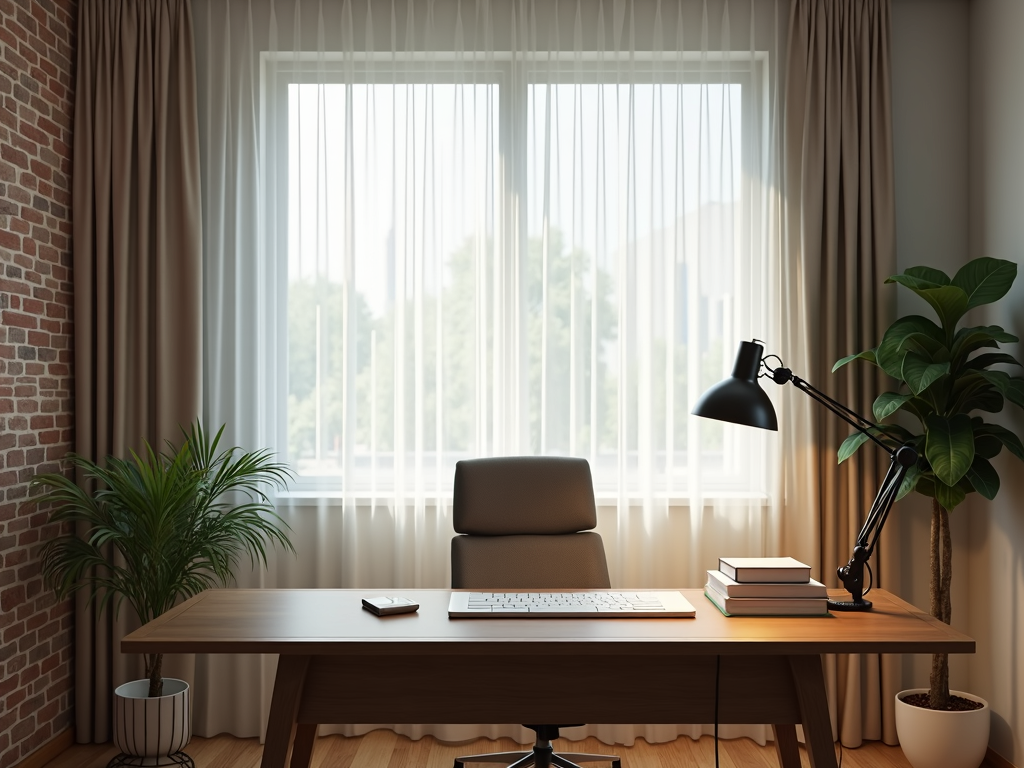
Personalizing the Space
While functionality is key, personalizing your home office can make it a more enjoyable place to work. Adding personal touches can boost your mood and creativity. Here are some ideas:
- Plants: Incorporate indoor plants to improve air quality and add a touch of nature.
- Artwork: Hang inspiring artwork or motivational quotes on the walls.
- Comfort Items: Include items like a cozy throw blanket or a favorite mug to make the space feel homely.
In my office, I have a small succulent on my desk and a framed photo of my family. These small touches make the space feel more personal and less sterile.
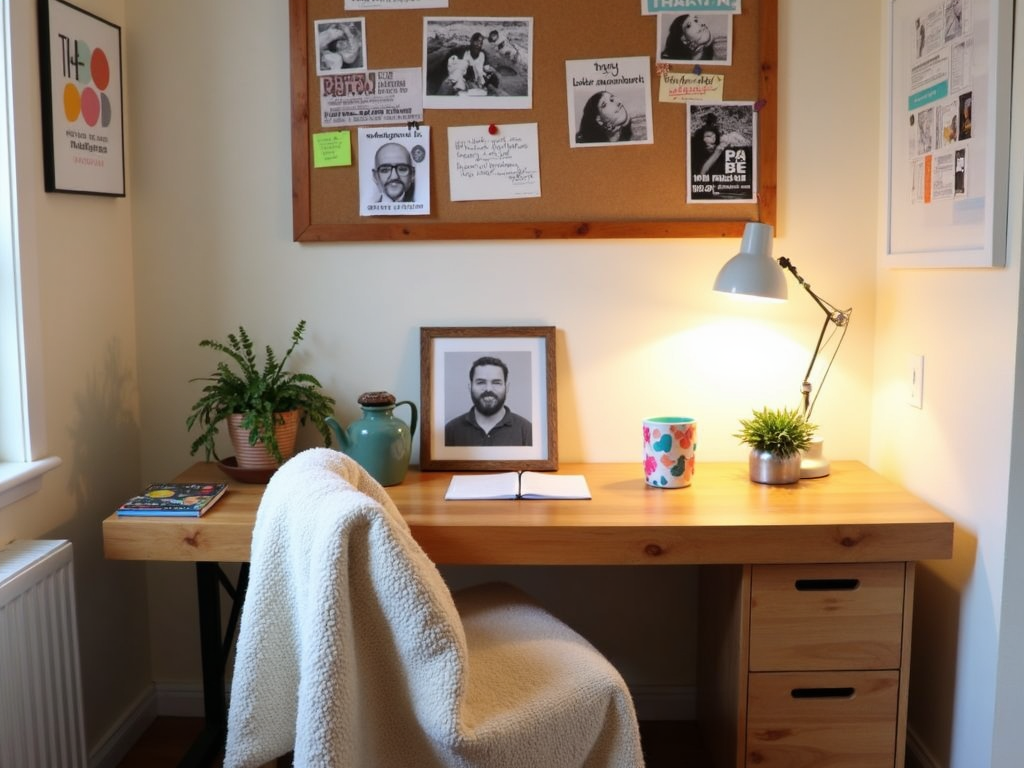
Summary
Setting up a productive home office involves careful consideration of location, furniture, organization, lighting, and personalization. By following these tips, you can create a workspace that not only enhances your productivity but also supports your well-being. Remember to choose a quiet location with good lighting, invest in ergonomic furniture, keep your space organized, and add personal touches to make it your own. With the right setup, your home office can become a place where you thrive professionally and personally.
Related Tips for Setting Up a Productive Home Office:
- 10 Essential Tools for Your Workshop
- Training Programs for Construction Workers: Enhancing Safety and Skills
- Essential Workman Tools for Electricians and Plumbers: A Comprehensive Guide
- Top 10 Must-Have Tools for Every Workshop: A Comprehensive Guide
- Top-Quality Workman Tools Every Contractor Needs
- Workshop Safety Tips for Power Tool Users: A Comprehensive Guide
- How to Choose the Right Wrench Size: A Comprehensive Guide
- Color Theory 101: Understanding the Basics
- Steer Clear of These Beginner Woodworking Errors: A Guide to Safe and Successful Projects
- Essential Power Tools for Woodworking
- The Ultimate Guide to High-Quality Workman Tools for Professionals
- Sensors in Automation: Types and Applications
